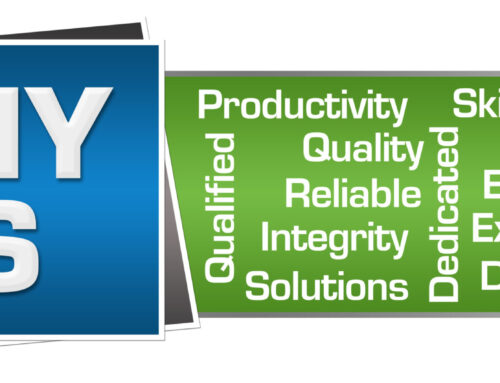What are the benefits of time and materials (T&M)- based pricing vs. fixed firm price (FFP)?
The short answer is, “It depends.”
The prevailing thought is that T&M pricing costs the customer more – “they’ll take their time and drag it out” or “they’ll pad the hours, so I’m paying for their time at the pub” while for FFP customers claim “they pad the quote for every possible issue” or “they’ll rush the job and make mistakes.” There certainly are examples of all of these. The truth is that both pricing models have their place and can benefit customers and vendors when used properly.
Pricing based on T&M is the best structure when the project scope isn’t well defined yet.

Unclear scope translates to increased risk, which means a higher quote. A T&M structure means the vendor is protected from underbidding, knowing they will be paid for all their actual time invested in the project. The result is more accurate bids than a vendor worried about estimating an unknown scope, which will naturally pad the estimate to protect themselves. T&M benefits the customer by only being charged for actual time spent. T&M also allows the opportunity to learn / “flush out” the scope and the best and most efficient approach for a rollout.
FFP pricing makes budgeteers happy, but when forced on a vendor, it has the potential to lead to higher overall costs for two factors: vendors need to price for the “worst-case scenario” and/or scope creep no matter how easy the scope, and the dreaded “change order” with its high costs and clunky processes (nobody wants COs!).
The best practice for a rollout is to take the best of both worlds.
Use T&M for the first few sites of a rollout to learn the field process and potential sticky points (“beta sites”). Once everyone is comfortable with the process and estimates, then go to FFP for the balance with a well-defined scope. The key is quantifying and communicating the risk points so any Change Orders are limited and agreed upon. A prime example is bandwidth: let’s say the rollout is for new servers. Field services install the hardware and ensure connectivity for remote network engineers who download software and build the configuration. If one site has poor bandwidth, the amount of time on site could double or more, resulting in a CO. If Field Services notifies the customer immediately, “We got another one with bad connectivity,” managing the CO should be easy.



